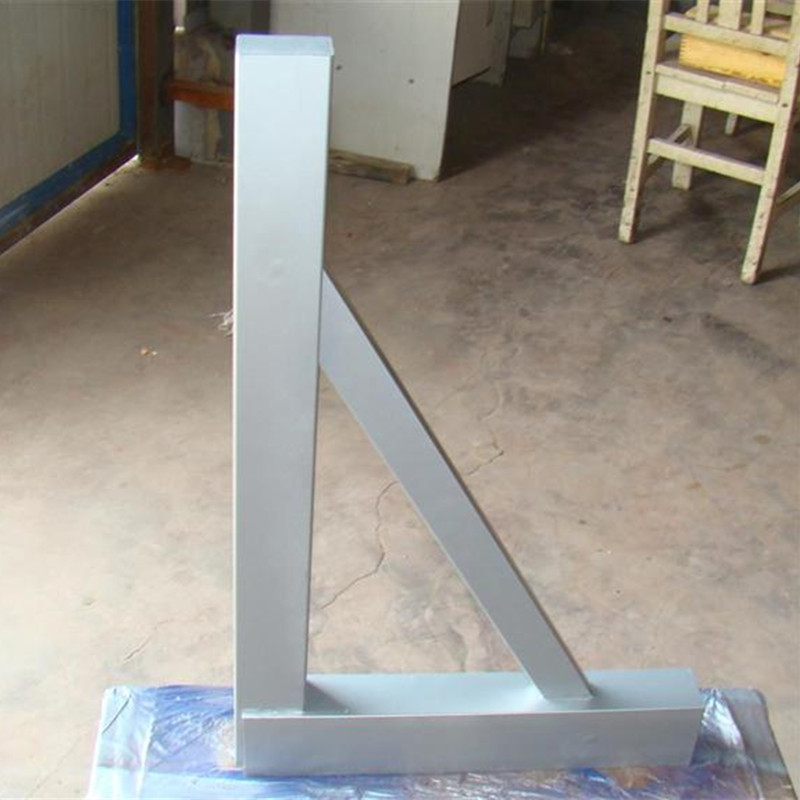Sep . 23, 2024 20:44 Back to list
Understanding Ring Gauge Measurement Techniques for Precision Fit and Quality Control
Understanding Ring Gauge Measurement in Engineering
Ring gauge measurement, an essential practice in engineering and manufacturing, plays a pivotal role in quality control and precision engineering. This technique employs specially designed cylindrical gauges—known as ring gauges—to evaluate the dimensions of cylindrical objects such as shafts, pins, and tubes. The primary objective is to ensure that these components meet specified tolerances and fit properly within a larger assembly.
A ring gauge typically comprises two types the 'go' gauge and the 'no-go' gauge. The 'go' gauge is designed to fit onto a workpiece, confirming that the piece is within the acceptable size range. Conversely, the 'no-go' gauge is used to check that the workpiece does not exceed maximum permissible dimensions. This binary measurement system simplifies the inspection process, allowing engineers and technicians to quickly ascertain whether components are suitable for use.
One of the key advantages of using ring gauges is their ability to deliver precise measurements. The accuracy of these gauges often exceeds that of other measurement tools, making them indispensable in industries that require stringent quality standards, such as aerospace, automotive, and medical device manufacturing. The consistency in results stemming from ring gauge measurements significantly reduces the likelihood of errors during assembly, thereby enhancing the overall reliability of the final product.
ring gauge measurement

To ensure optimal performance, proper maintenance and calibration of ring gauges are critical. Over time, wear and tear can affect the gauge's dimensions, leading to inaccurate readings. As such, regular calibration against standard reference tools is vital. Manufacturers often recommend periodic checks and records of gauge measurements to track any drift in accuracy, which can save costs associated with defective products and rework.
In addition to their mechanical advantages, ring gauges also contribute to streamlined manufacturing processes. By utilizing these gauges, engineers can perform quicker inspections and reduce downtime in production lines. The straightforward nature of 'go' and 'no-go' gauges eliminates complex measurement procedures, enabling operators to swiftly make decisions based on clear results. This efficiency is particularly beneficial in high-volume production environments where time and precision are of the essence.
The significance of ring gauge measurement extends beyond mere numerical accuracy. It fosters a culture of quality assurance and continuous improvement within organizations. By emphasizing the importance of precise measurements, companies can enhance their reputation, ensuring customer satisfaction through reliable and well-performing products. Furthermore, incorporating ring gauges into the quality management system aligns with industry standards such as ISO, fostering professionalism and competitiveness in the global market.
In conclusion, ring gauge measurement is a cornerstone of quality control in engineering and manufacturing. Its ability to provide accurate, reliable, and efficient assessments of cylindrical components ensures that products meet rigorous standards. As industries continue to evolve and innovate, the importance of precise measurement techniques, such as ring gauges, will undeniably remain integral to the success and reliability of modern manufacturing processes. Embracing this practice not only enhances product quality but also reinforces a commitment to excellence in engineering.
-
Technical Elucidation of Threaded Ring GaugesNewsJun.23,2025
-
Snap Gauge Critical Tool for Industrial Precision MeasurementNewsJun.23,2025
-
Granite Inspection Tables Precision Tools for Industrial FabricationNewsJun.23,2025
-
Exploring the World of Granite ToolsNewsJun.23,2025
-
Butterfly Valve and Globe Valve Manual An Academic OverviewNewsJun.23,2025
-
Retrofitting Old Systems with Y Type Strainer ValvesNewsJun.20,2025
Related PRODUCTS









